The world's rivers run dry, still the story is darker
By 2050, the world's population hits between 9.4 and 10.4 billion, a 22 to 32 percent increase, but with the state of use, six billion people could suffer from water scarcity. Can humans cope?
Drought-stricken Yangtze River in China, Credit, The Guardian
From the mighty Colorado River to Gasconade River, many American rivers suffer from running dry, with 30 million people challenged in the areas around the Colorado River, which has many dams and diversion for around 2,330 kilometers.
In China’s first water census of 2013, rivers and streams ran dry, and their number declined from 50,000 to around 22,000, the country’s lost rivers almost equivalent, in terms of basin area, to the United States losing the entire Mississippi River.
On the African continent, several river basins such as the Congo, Zambezi, and Nile show significant amount of drying up in the last five years, worsening the problem of water scarcity, creating geographic hardship for hundreds of millions of people.
River Rhine drying up, Credit, Business Insider
Increasingly, the world’s rivers show signs of drying up. For example, the Rhine River approaches a shutdown, because massive drought causes dryness. This kind of situation raises a cause for concern, with the future seeming fraught with even greater dangers. By 2050, nearly six billion people due to rivers running dry could suffer from water scarcity, out of a projected world population of between 9.4 and 10.2 billion, according to the 2018 United Nations Water Development Report. How will humanity cope with this?
Growing demand for water causes rivers around the world to dry up. On the global level, the water demand increased by 600 percent over the past one 100 years, with an annual increment rate of 1.8 percent. While water supply decreases in the United States, water demand undergoes increases, with every American using 80 to 100 gallons of water every day, totaling an estimated daily use of 345 billion gallons. In Asia and Africa, rising populations drive up the demand for water.
Ganges River drying up, Credit, National Geographic
Furthermore, groundwater depletion accelerates the drying up of rivers. The Ganges, one of the most important mega-rivers in the world, suffers depletion to its groundwater to the tune of 50 percent from the 1970s. The Colorado basin has lost close to 53 million acre feet of freshwater, with 41 million acre feet of water – nearly 77 percent of the amount lost – attributed to its groundwater depletion alone. In River Nile, experts found a decreasing groundwater depth by 50 percent, with increasing pumping discharges of 50 percent, leading to draw downs.
Climate change also affects rivers. The Ganges contracts at the rate of 22 meters per year, nearly as fast as 20 years ago, due to the rising temperatures and receding glaciers. The flow of River Colorado shrinks 20 percent since the 1900s, fuelled by a 20-year mega-drought. As for River Thames, climate change increases its temperature by 0.2 degree Celsius on average, and now, its source suffered from a drought this year.
The drying up of River Nile, Credit, Al Monitor
With climate change, other river basins shrink, such as the Congo River Basin, deprived of water from its major tributary, the Ubangi River. With the issue of groundwater depletion, the challenge facing rivers worsen. Add the issue of rising water consumption, then it’s no surprise that major rivers in the world dry up. Unfortunately, the problem could worsen going forwards.
Global water demand for all uses presently stands at about 4,600 square kilometers, but it could increase by 20 to 30 percent by 2050, to 5,500 to 6,000 square kilometers per year, an increment of 22 to 32 percent. By 2050, people could live in areas where human use increases groundwater depletion to unmanageable levels. By 2050, experts project global temperature to reach 1.5 degree Celsius, increasing the heat over the world’s rivers. The consequences could be painful.
The embattled Colorado River could experience an additional 20 percent drop in water flow by 2050, due to the combination of climate change and rising water consumption. The Indus, Ganges, and Brahmaputra river basin could see rising water runoff by 2050, according to projections by the Intergovernmental Panel on Climate Change (IPCC) in its sixth assessment report. The Danube River could see a temperature rise of 0.5 degree Celsius in the upper basin and a four degree Celsius in the lower basin, with a low flow and water scarcity likely to become more intense, longer, and more frequent.
Colorado River runs dry, Credit, Science Friday
By 2040, rising heat could force over 45 percent of the residents in the River Nile area – nearly 110 million people – into water scarcity. By 2050, climate change could have an adverse impact on the world's water resources and food production, with a high level of regional scarcity and variability. In the Asia projection, the Indo-Ganges plain may become inappropriate for wheat production by 2050, a situation occasioned by climate change and other factors. River Niger occupies the third position among Africa’s largest rivers, but with the drying up expected to accelerate by 2050, the millions of people living on its bank may face the threat of water scarcity and the loss of groundwater.
Many reading this article will agree that a dire future faces humans if it refrains from finding solutions to the challenge of drying up rivers. Therefore, the negative impact of climate change and rising water consumption should be wiped away with better policy decisions. We could adopt the idea of World Bank’s Lead Economist, Richard Damania: that “when governments respond to water shortages by boosting efficiency and allocating even 25 percent of water to more highly-valued uses, losses decline dramatically and for some regions may even vanish.”
Governments should do more than complain. They should be making it impossible for people to use water inefficiently. It’s a high time we tackle the problem of drying up rivers. The fate of mankind depends on it in the short and long term.
What to Do
Credit, Patagonia
Six ways to stop the world from drying up. Read this
How to prevent cities from drying up. Read this.
Nine ways you can help save the rivers. Read this.
Top ten ways to save our rivers. Read this.
Why are rivers so important? Read this.
What to eat
A Nigerian vegan dish, Credit, Best of vegan

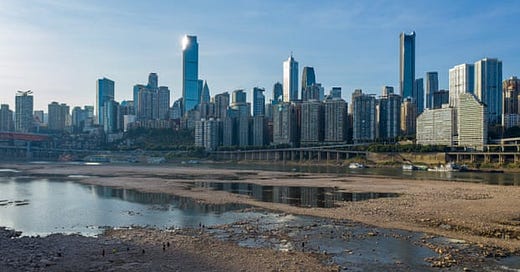



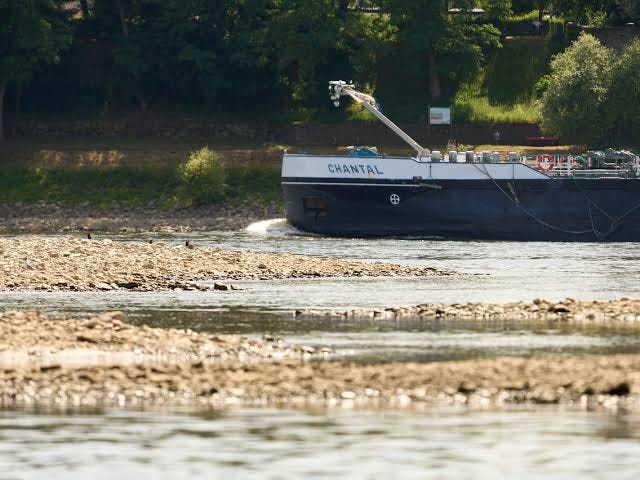
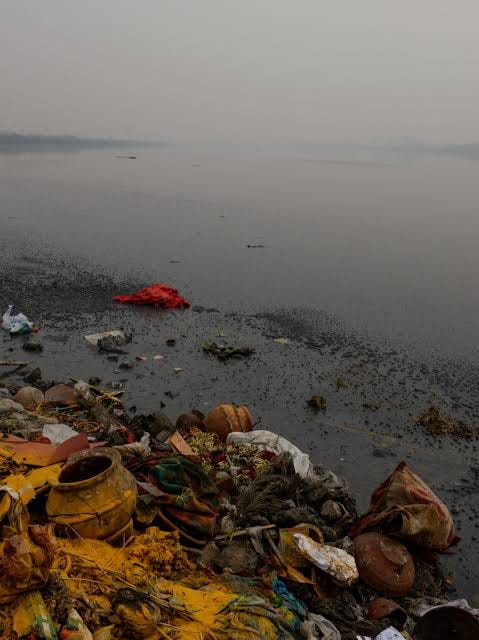
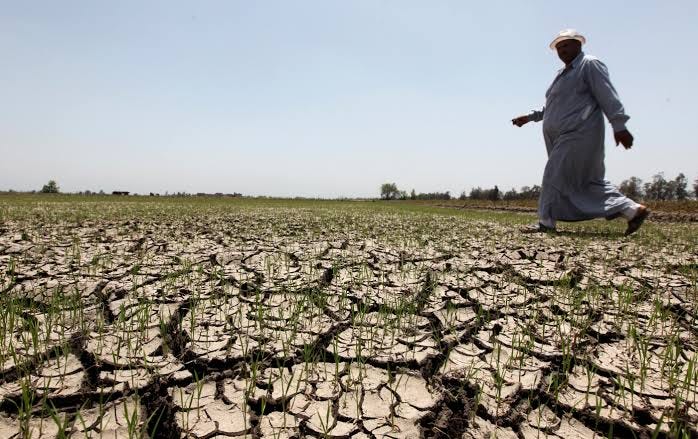
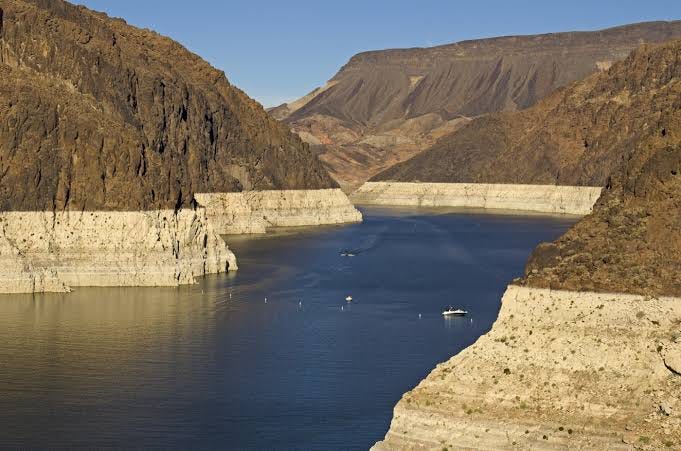


The right question to ask is "Why river flows are dropping worldwide?".
Cities water consumption, crop irrigation or Climate Change are part of this question, but on the other hand, why forests don't need any watering at all, and are flush with water?
Would switching most food production to agroforestry do any change to water usage?
Keeping lots of green cover on land, be it a food agroforest or not, means constant or increased carbon sink and, by the way, it provides additional use to cattle manure and a way to prevent nitrogenous polutants ending up in rivers and coastal waters.
It means agrobusiness needs to go beyond Organic (see Syntropic Agriculture), to source organic matter locally with green cover, and not sourcing it using fossil fuels half world far and underground.
Conclusion: current crop production methods usually breaks the local soil ecology and disrupts its water cycle, creating conditions to rainwater to easily becaming runoff water that depletes organic topsoil, clogging and flushing nitrogenous compounds into rivers.
We can combat the drying up of rivers and the degradation of our water resources by reforesting as much land as possible, as soon as possible. Over the past century, we've lost as much forest as we did in 10,000 years of human agricultural history, with animal agriculture being a major driver.
By switching to plant-based diets, we could reforest and rewild up to 3 billion hectares of agricultural land, which would not only restore natural ecosystems but also help recharge our rivers and groundwater systems. Reforesting such vast areas would stabilize the water cycle, improve water retention, and reduce runoff, directly addressing the crisis of drying rivers.
Do what matters. Go vegan.